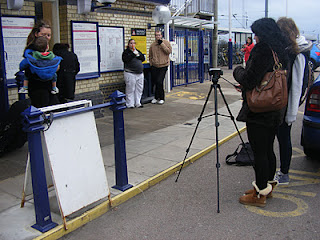Media Theorist: Vladmir Propp
Vladimir Propp, once a Soviet formalist scholar, is someone that I found very useful when looking at his research in order to understand characters and how they are portrayed. He identified that in most stroies, the characters can be placed into 8 different categories. His main research was into Russian folk tales, but I believe that even modern day stories and televsion plots can also fit into these catgeories:
1. The Villian - The Villian is the character that is always against the hero, and in his quest to find dominance he will always struggle.
2.The Dispatcher - The Dispatcher is the character that makes the lack know and sends off the hero.
3. The Helper - The Helper is the character helps the hero throughout his quest
4. The Princess - The Princess is the character that the hero deserves throughout the story but is unable to marry her because of an unfair evil, usually because of the villain. the hero's journey is often ended when he marries the princess, thereby beating the villain.
5. The Father of the Princess - The father of the Princess is the character that gives the task to the hero, identifies the false hero, marries the hero, often sought for during the narrative. Propp noted that functionally, the princess and the father can not be clearly distinguished.
6. The Donor - The Donor is the character that prepares the hero or gives the hero some magical object.
7. The Hero - The Hero is the character that reacts to the donor, and weds the princess.
8. The False Hero - The False Hero is the character that attempts to take credit for the hero's actions and succesion, and also tries to wed the Princess.






























.jpg)








